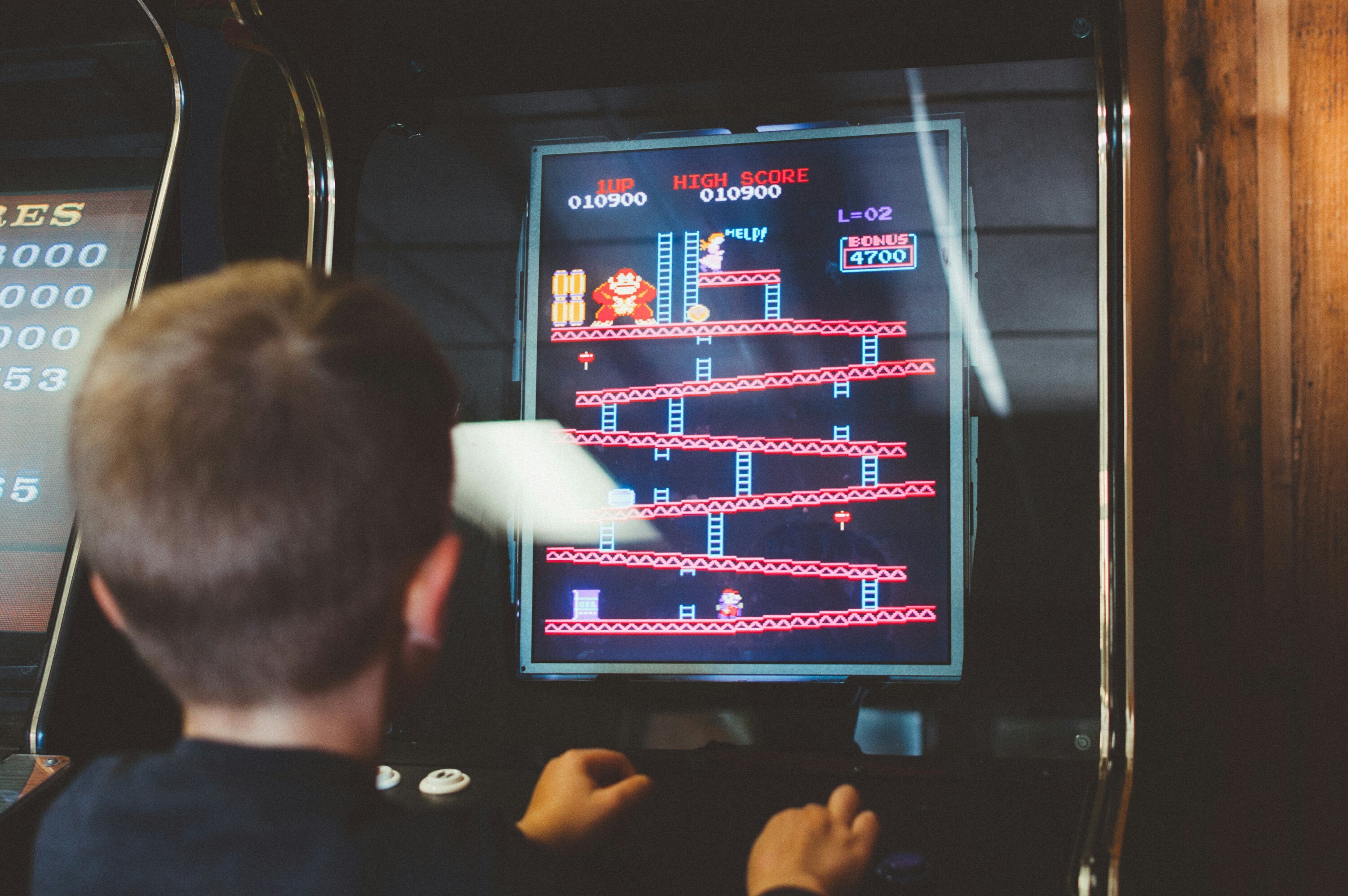The Smartphone Epidemic: Alarming Statistics on Teen Phone Usage

Phones serve many purposes, like creating connections with family and friends, providing entertainment and, unfortunately, often serving as a permanent prop in our children's stories.
Kids and smartphones seem inseparable, and a new report from Common Sense Media validates that feeling. The research aimed to understand the roles and impacts of media and technology in kids' lives---hearing directly from the kids themselves. This new report bridges an important gap in understanding how teenagers use their smartphones.
"Teens told us that the draw of their smartphone is both complicated and powerful," Common Sense Media states in their press release. "They're managing a barrage of notifications from the apps on their phones—buzzing almost constantly."
Working with kids aged 11 to 17, the study unveils the digital phenomenon that's become deeply ingrained in our society.
Phone Use During School Hours: A Shocking 97%
School policies differ widely across the nation, and while it would be great if 97% of kids are picking up their phones to check their grades or use the calculator function, the details share a different story. Most of the apps used were social media, video games, and YouTube.
For my school, we do have a phone policy and we're not technically allowed to have it out during class, but a lot of people do in spite of that. And definitely, I think if you track kids at my school, their phone usage, you would definitely see them checking their phones, and then checking Snapchat during class.
—10th grader
Late-Night Phone Obsession: 60% Awake During Bedtime Hours
The study found that 60% of kids aged 11 to 17 were wide awake and glued to their screens during the witching hours, specifically between midnight and 5 a.m. Research on the negative effects that sleep deprivation has on overall well-being and academic performance is clearly documented.
I might say that for certain apps, like TikTok, it's really hard to fall asleep once you use it close to when you're gonna go to sleep. I can't use it within an hour, or else I'd struggle … and then I'll just get back on the app 'cause I'm not sleeping anyway.
—10th grader
Notification Overload: 237 Pings a Day
Imagine your phone buzzing, pinging, and chiming relentlessly throughout the day. For more than 50% of kids in this study, that's their reality, receiving almost 10 notifications per hour each day. Some teens reported receiving 4,500 notifications per day.
Snapchat and Discord have mastered the art of keeping teens tethered to their screens with an incessant stream of alerts and updates, showcasing the competitive nature of the tech industry, where user engagement is key to success.
Yeah, for me, I have notifications on for the apps that are messaging apps, but then for the other ones, I don't have notifications on for YouTube or Instagram … For me, I don't like the notifications that just tell you to go back on the app or just something random like that, like an update or something. I don't really care about those ones. But the ones I do like getting are the ones that are from the messaging apps, like if someone sends me a text, I wanna know what it says.
—10th grader
The TikTok Phenomenon: Why Teens Just Can't Resist
One platform has managed to capture the hearts and minds of teenagers by offering bite-sized pleasure and effortless interaction, all seamlessly tailored to the user's interests and mood. 50% of participants had TikTok installed on their phones, and they weren't just casual users. On average, these teens spent a median of one hour and 52 minutes per day on the platform while some clocked in upwards of seven hours daily.
The app's algorithm quickly adapts to the individual's preferences, serving up content that aligns with their interests or current mood, all while catering to the modern attention span with short, snappy videos.


